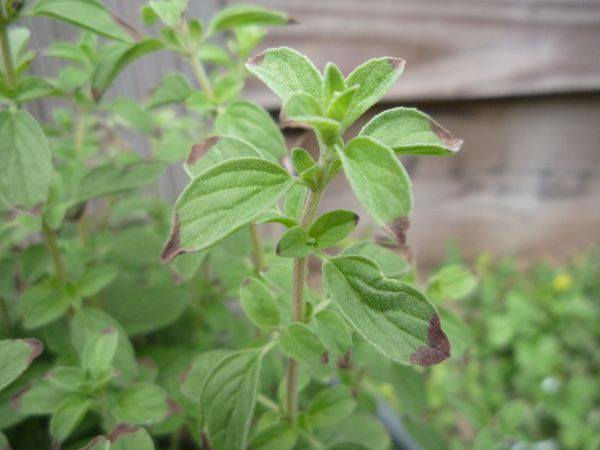Less can be more when it comes to fertilising your plants. It’s easy to think that applying a little more fertiliser can give your plants a boost, when really it can do more harm than good. As well as physically harming your plants, over-fertilising can be expensive and time consuming. Why spend more time and money than what is actually required!
You can over-fertilise with organic fertiliser as well as synthetic, however you are less likely to burn plants with the organic option. In our opinion organic is best and easier to use as it feeds much more slowly and gently. Synthetic granular fertilisers are basically salts and this means that it can be easier to burn roots. Follow directions carefully, apply to moist soil and water in afterwards.
When you give your plant too much fertiliser, it can kill plants by effectively “burning” them. This happens when the plant is absorbing an abundance of soluble salts. This in turn slows the absorption of water. Signs include: poor roots, few flowers, and burnt yellow tips.
Fertiliser amount/timing depends on many factors such as: the plant, season, weather and type of fertiliser. Understanding your plant’s N:P:K ratio requirements is the first step to ensuring they get the correct type and amount of fertiliser.
Native plants in particular have very special requirements.
Most of the more commonly cultivated Australian plants occur naturally in nutrient deficient soils, often particularly low in phosphorus. Therefore it is important to use a native fertiliser with a lower amount of phosphorus.
If you have over-fertilised in your garden, don’t worry! You can flush out extra fertiliser by slowly draining the soil with lots of water. Cut off the burnt/damaged leaves. If it’s in a container, you can re-pot the plant.
Photo source: gardenweb.com (dcat22)


